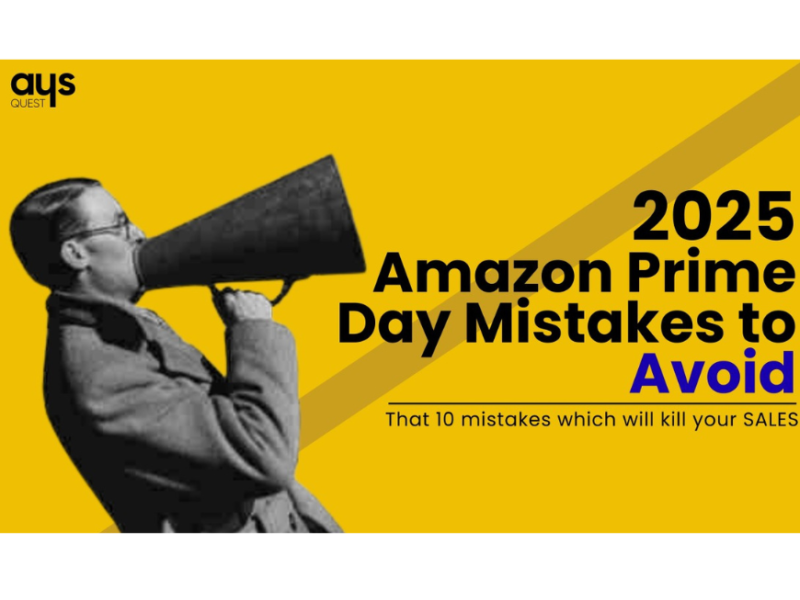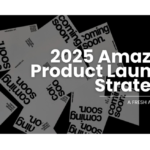Amazon Prime Day 2025, set for July 8-11, is a golden opportunity for sellers to skyrocket sales and visibility. However, with its extended four day format, the stakes are higher than ever.
How can you ensure your business thrives during this high-traffic event? Let’s explore the top 10 mistakes sellers often make and uncover strategies to avoid them through thoughtful questioning and reasoning.
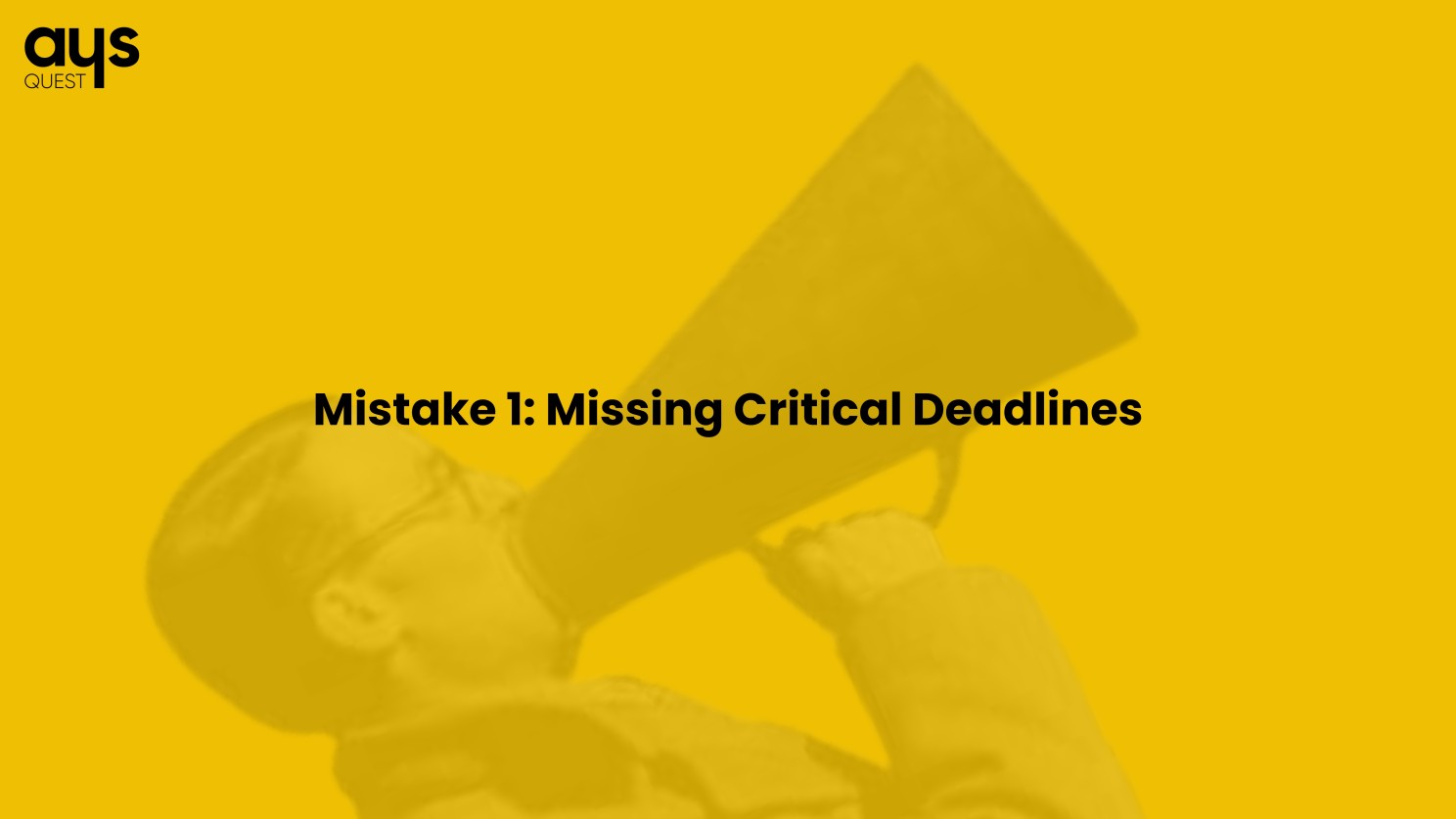
Failing to meet deadlines for deal submissions or inventory shipments can exclude your products from Prime Day’s spotlight, reducing visibility and sales potential.
Solution:
- Adhere to these key deadlines for Prime Day 2025 :
- May 15, 2025: Amazon Warehousing & Distribution (AWD) Inventory Cutoff.
- May 17, 2025: Submit Lightning Deals, Best Deals, and Prime Exclusive Discounts.
- June 9, 2025: FBA Minimal Shipment Splits Deadline.
- June 18, 2025: FBA Optimized Shipment Splits Deadline.
- July 1, 2025: Launch PPC campaigns.
- Monitor Amazon Seller Central for updates and set calendar reminders to stay on track.
- Plan promotions and shipments early to avoid last-minute issues.
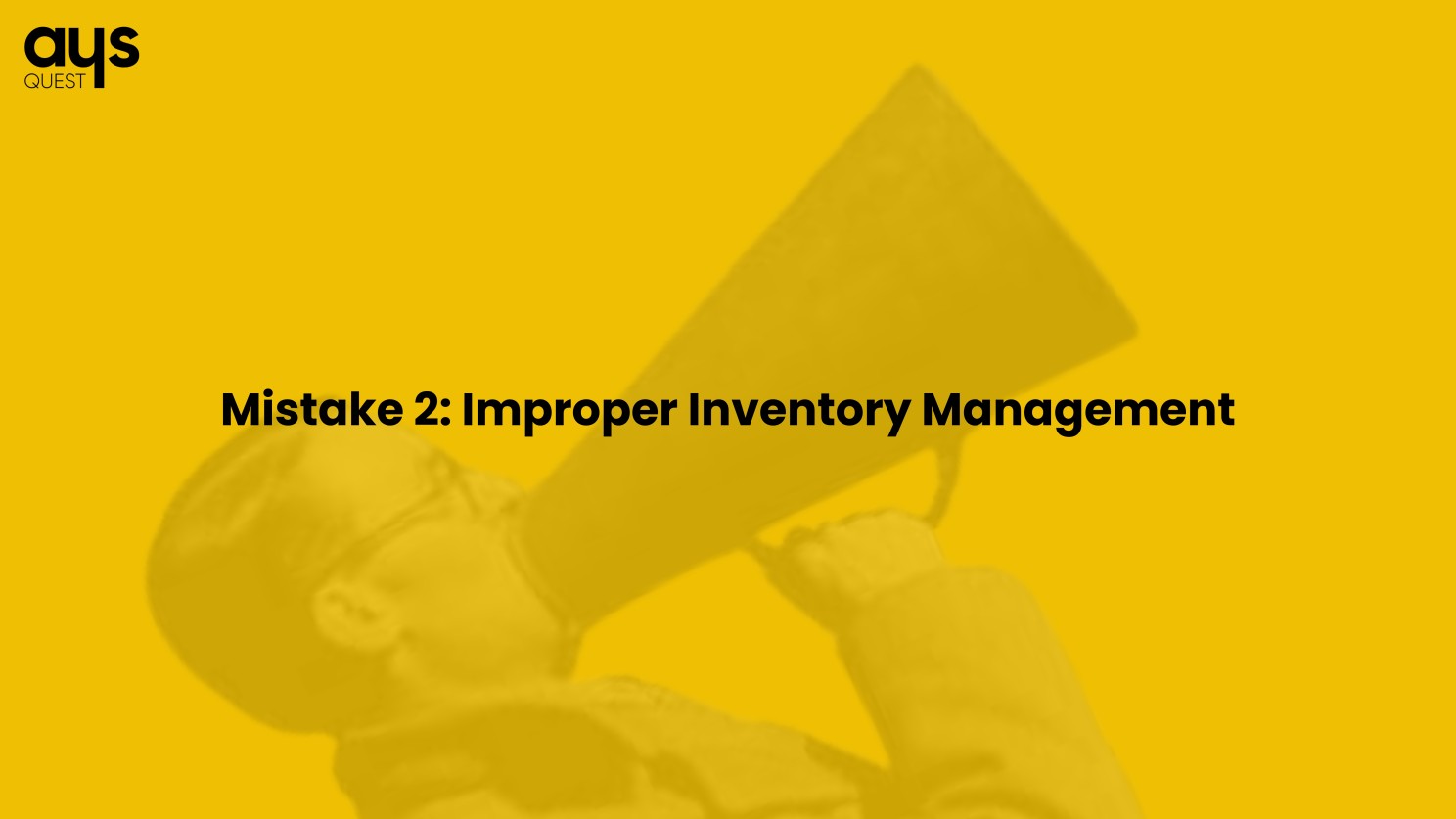
Understocking leads to stockouts, hurting sales and rankings, while overstocking ties up capital and increases storage fees, impacting profitability.
Solution:
- Use historical sales data from previous Prime Days to forecast demand accurately.
- Leverage Amazon’s Inventory Performance dashboard to monitor stock levels and set low-inventory alerts.
- Ship inventory by June 9 (minimal splits) or June 18 (optimized splits) to ensure Prime eligibility.
- Balance stock for the four-day event to avoid excess inventory and associated costs.

Weak main images, unoptimized titles, or unclear bullet points can deter buyers, lowering click-through and conversion rates.
Solution:
- Use high-resolution, professional images that clearly showcase the product.
- Optimize titles and bullet points with relevant keywords to enhance search visibility.
- Ensure listings are mobile-friendly, as over 50% of Amazon shoppers use mobile devices (Amazon Statistics).
- Test listings with tools like PickFu to identify what resonates with customers.

Launching untested campaigns, listings, or ads can result in technical glitches or poor performance during the high-stakes Prime Day period.
Solution:
- Test all ads, listings, and promotions weeks before July 8 to identify issues.
- Simulate high-traffic scenarios to ensure your setup can handle increased demand.
- Use A/B testing to refine creatives and optimize for maximum performance.

Relying on guesswork instead of data can lead to missed opportunities in keyword optimization, ad targeting, and inventory planning.
Solution:
- Track key metrics (sales, traffic, conversions) via Amazon’s Seller Central dashboard.
- Analyze past Prime Day performance to inform strategy adjustments.
- Use third-party tools like Helium 10 or Jungle Scout for advanced analytics and keyword insights.

Over-discounting erodes profits, while under-discounting fails to attract buyers, especially in a competitive market.
Solution:
- Research competitors’ pricing to set competitive yet profitable prices.
- Use dynamic pricing tools to adjust prices in real-time based on demand and competition.
- Offer strategic discounts

Depending solely on Prime Day’s organic traffic can leave your products buried among competitors, reducing visibility.
Solution:
- Invest in Sponsored Products, Sponsored Brands, and Sponsored Displays for maximum exposure.
- Launch ad campaigns by July 1 to build momentum and secure Wishlist placements.
- Monitor ad performance and adjust bids in real-time to optimize ROI.

Failing to monitor performance during Prime Day can lead to stockouts, suppressed listings, or overspending on ads.
Solution:
- Set up real-time tracking for sales, inventory, and ad metrics using Seller Central or third-party tools.
- Enable alerts for critical issues like low stock or high return rates.
- Be ready to adjust strategies quickly based on live data to maximize results.
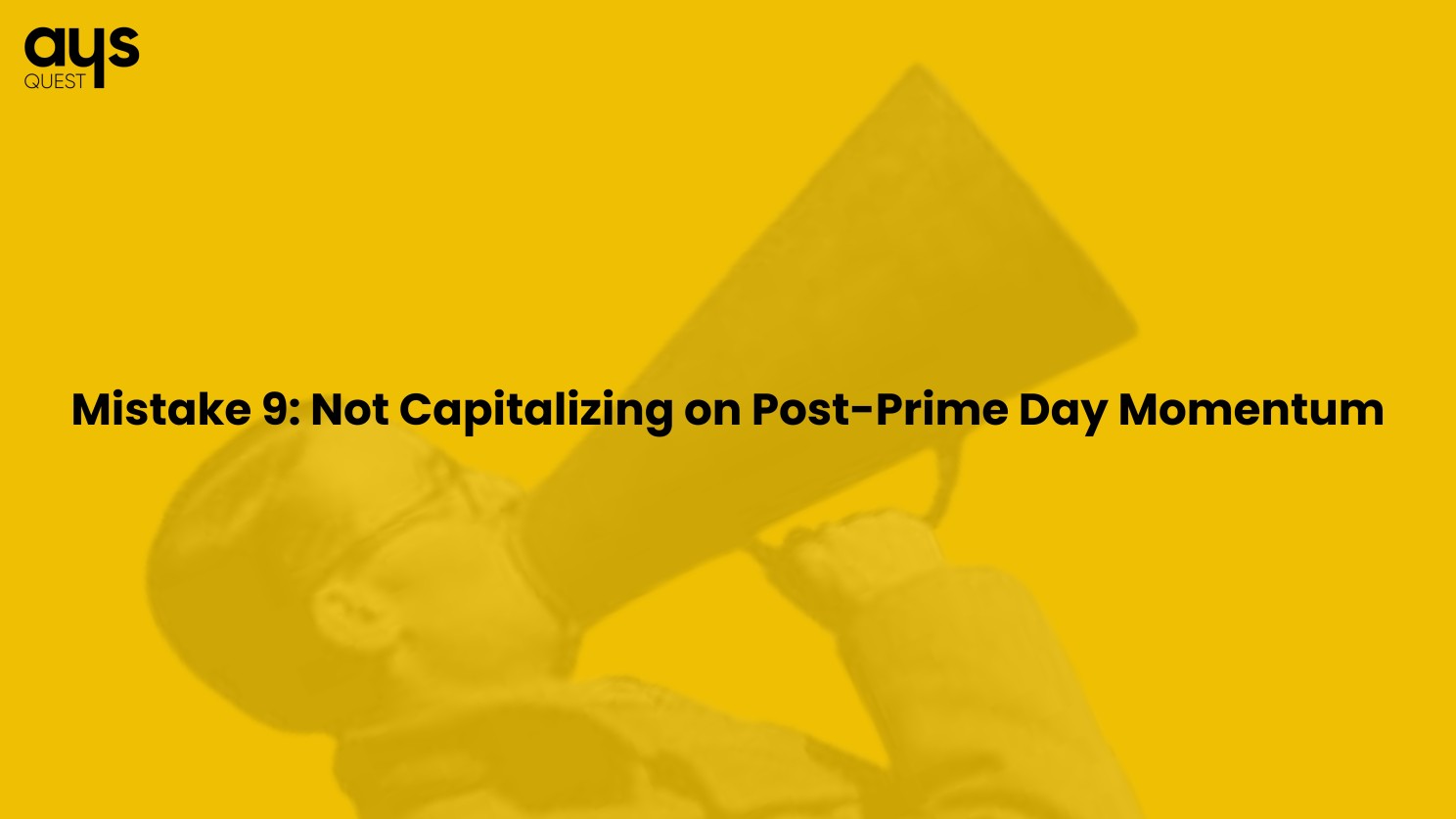
Stopping efforts after Prime Day misses sales from shoppers who added items to carts or wishlists but didn’t purchase.
Solution:
- Continue marketing post-Prime Day with retargeting ads and email campaigns.
- Offer bundle deals or limited-time promotions to encourage additional purchases.
- Analyze post-event data to refine strategies for future sales opportunities.

Managing all aspects of Prime Day single-handedly can lead to errors, burnout, and missed opportunities.
Solution:
- Delegate tasks like inventory management or ad optimization to team members or agencies.
- Use automation tools like Ordoro or Helium 10 to streamline processes.
- Partner with an Amazon agency for expert guidance on Prime Day strategies like AYS QUEST E-COMMERCE SOLUTION
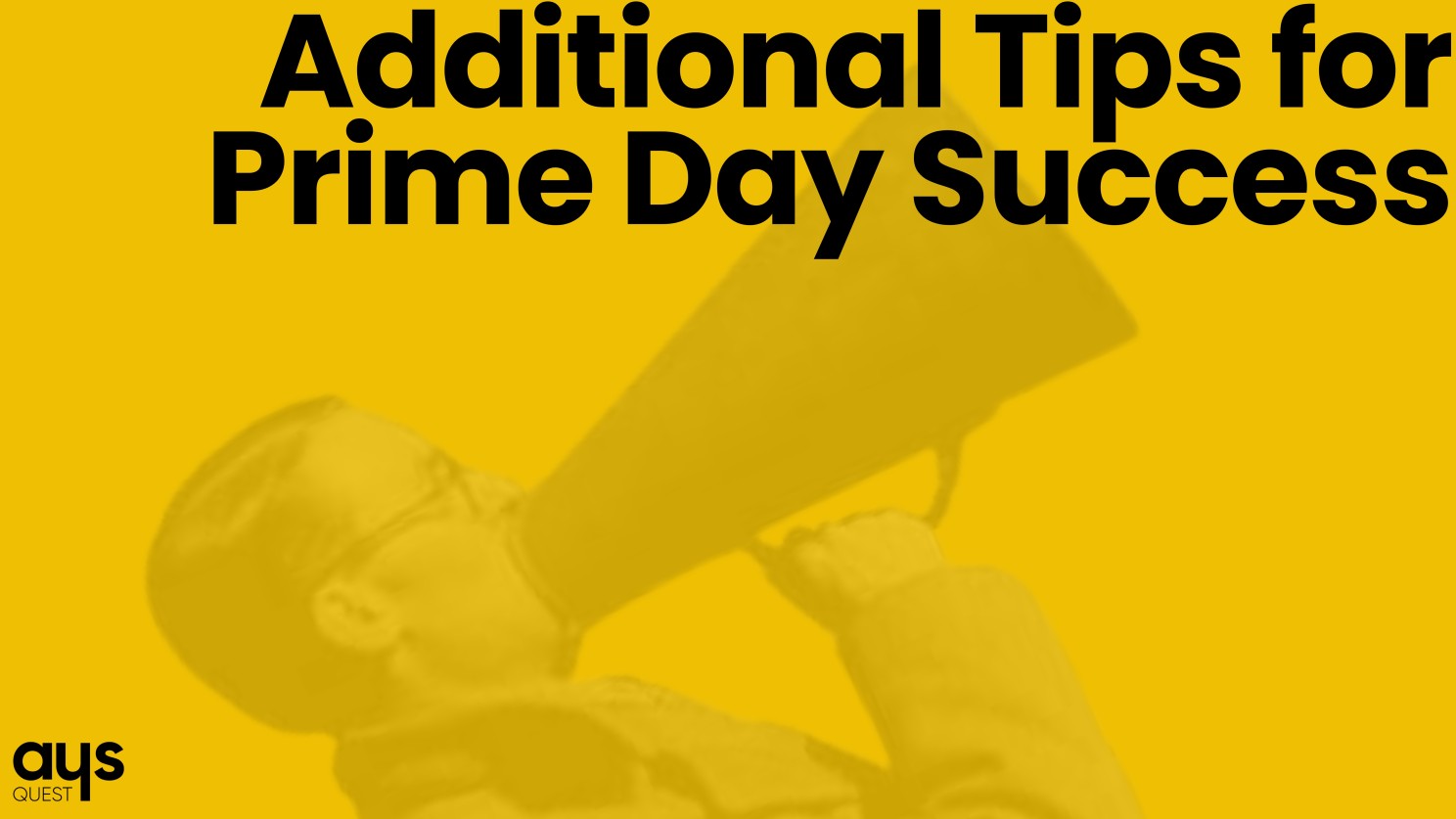
How can you go beyond avoiding mistakes? Reflect on these strategies:
- How can optimized listings and early advertising amplify your success?
- What role does customer engagement play in building excitement?
- How can you leverage post-Prime Day momentum for continued sales?

Amazon Prime Day 2025, running July 8-11, offers sellers a chance to achieve record-breaking sales. By avoiding these 10 mistakes and implementing the provided solutions, you can maximize visibility, conversions, and profitability. Start preparing now to make this four-day event a game changer for your business.
Did you liked or find this article informative? If yes then please like, comment and share with your fellow Amazon sellers friends.


